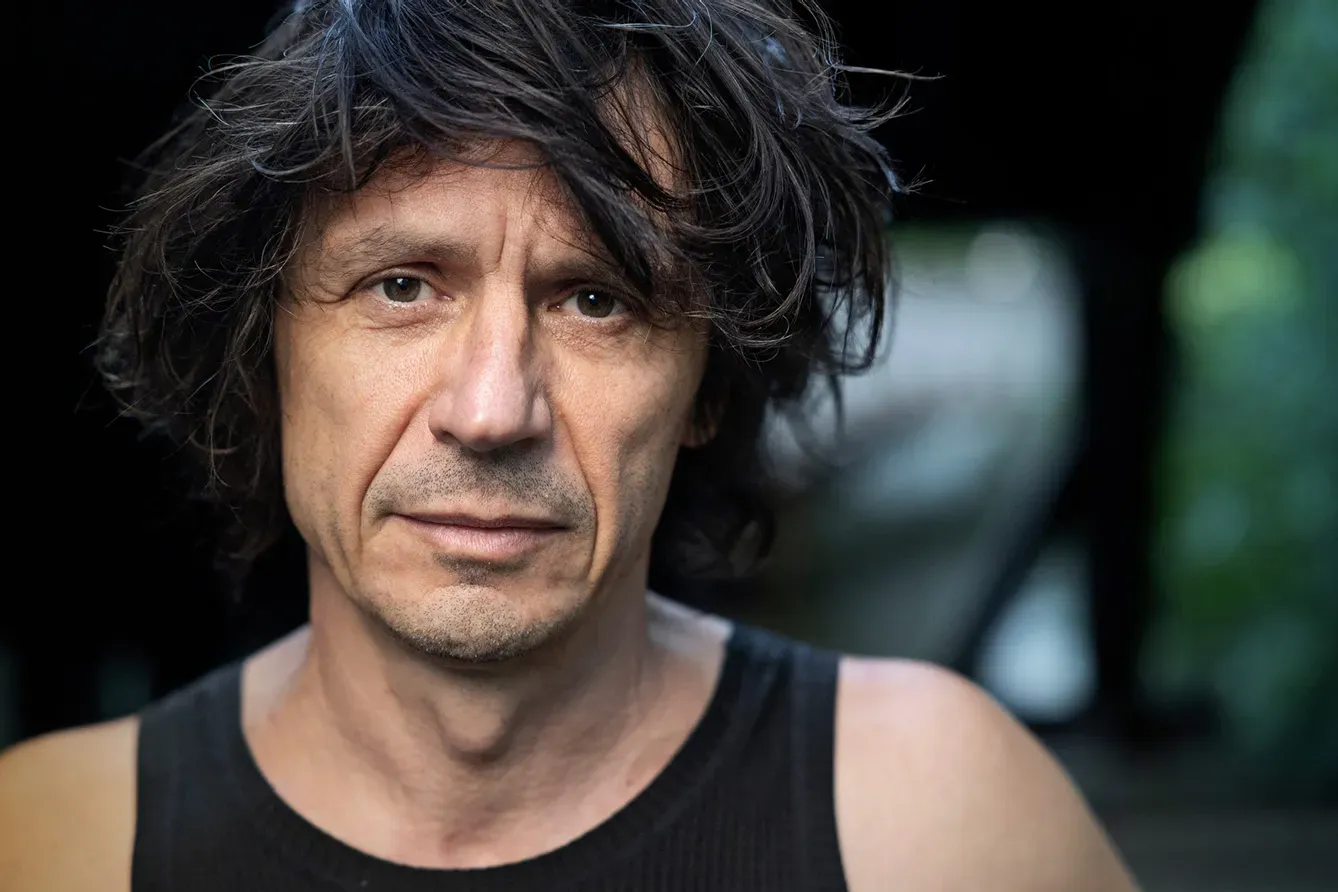- David Černý, a Czech artist renowned for his provocative art, was born in 1967 in Prague.
- He gained fame by painting a Soviet tank pink in Prague in 1991, sparking controversy and leading to his brief arrest.
- Černý’s notable works include “Tower Babies” in Prague and “METALmorphosis” in Charlotte, North Carolina.
- His controversial art piece “Shark,” a parody of Damien Hirst’s work featuring Saddam Hussein, faced censorship in various European cities.
- His sculpture “Entropa,” presented during the Czech presidency of the EU Council, caused diplomatic stir with its stereotypical depictions of EU member states.
- For the 2012 Olympics, he created “London Booster,” a double-decker bus with mechanical arms.
- Černý received the Jindřich Chalupecký Award in 2000.
Ah, let me tell you about David Černý. Picture this: Prague, 1991, a city echoing with the footsteps of history. In its heart stands a Soviet tank, a silent, stoic war memorial. Then, enter Černý, a young, bold artist. With a few strokes of pink paint, he transforms this symbol of oppression into a vibrant statement of freedom. And just like that, Černý bursts onto the scene, a rebel with a cause.
The Early Brushstrokes of a Controversial Artist
Born in 1967 in the enchanting city of Prague, Černý’s journey into the art world was anything but ordinary. Imagine him, a young, curious mind wandering the historic streets, his eyes soaking in the baroque architecture and the Bohemian spirit of the city. His studies at the Academy of Arts in Prague and his time in New York, including a stint at the Whitney Museum, weren’t just about learning techniques; they were about igniting a fire.
The Art of Provocation: Pink Tanks and Push-up Buses
Černý’s art is not for the faint-hearted. It’s bold, it’s controversial, and oh, it makes you think! Take “Tower Babies,” for instance. Picture these gigantic, faceless babies crawling up the Žižkov Television Tower. It’s eerie yet strangely captivating. And then there’s “METALmorphosis,” a head that literally splits and spins, mirroring the complexity of human thought.
When Art Meets Politics: The Shark and Entropa Saga
Imagine the stir when Černý submerged an effigy of Saddam Hussein in formaldehyde, a nod to Damien Hirst‘s iconic shark. The piece, meant to provoke, found itself banned in several European cities. It was more than art; it was a statement.
And who can forget “Entropa”? It was like a satirical map of Europe, poking fun at stereotypes. Each country was depicted in a way that made diplomats squirm. Remember Bulgaria‘s reaction? They were not amused by their depiction as a squat toilet, to say the least.
The Legacy of a Modern Maverick
What sets Černý apart is his fearless approach to art. He doesn’t just create; he challenges, he disrupts. His works, scattered across Prague and beyond, are not just sculptures; they are conversations etched in metal and stone.
In 2000, Černý’s contributions to art were recognized with the Jindřich Chalupecký Award, a testament to his impact on the contemporary art scene.
In Conclusion: The Unpredictable Maestro of the Art World
David Černý, ladies and gentlemen, is a true maestro of modern art. His work, infused with humor, irony, and a dash of defiance, continues to fascinate and provoke. As you stroll through the streets of Prague or come across his works elsewhere, remember, you’re not just looking at art; you’re witnessing a bold statement, a rebellion in color and metal.
